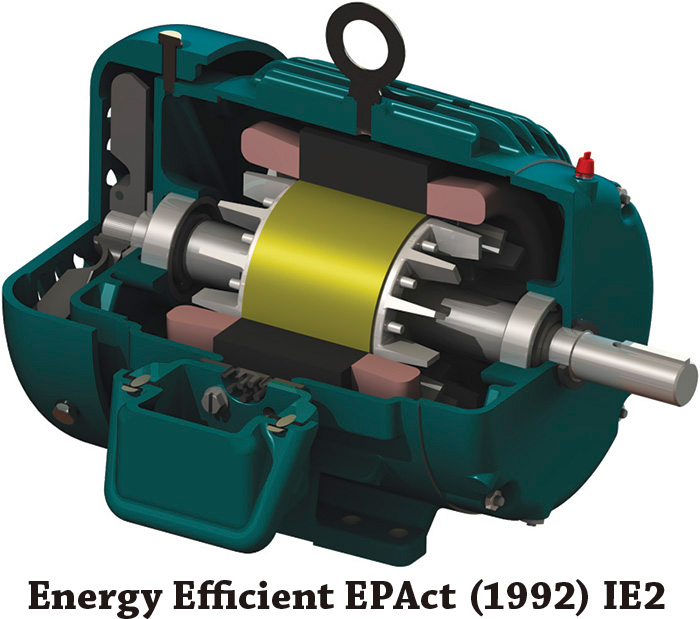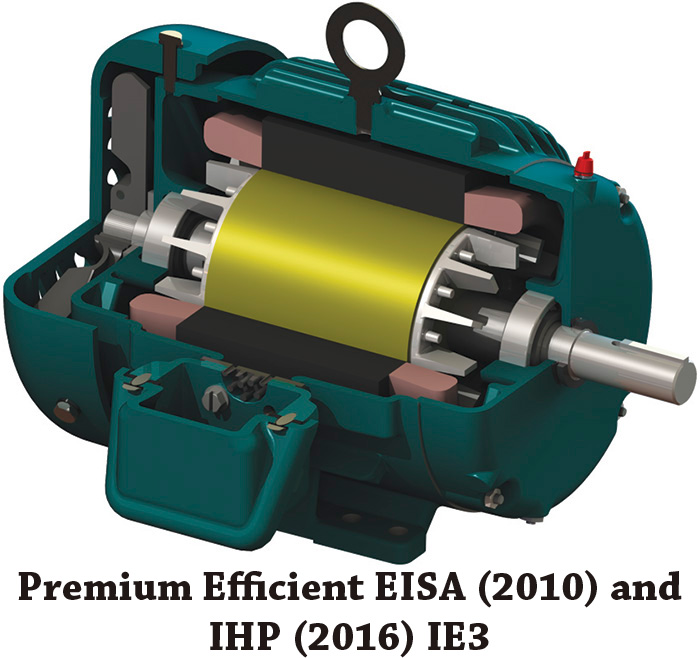When following the new DOE guidelines, don’t forget these considerations.
08/23/2016
For motors used in the U.S., the selection of an energy-efficient instead of premium-efficient motor is no longer an option. The U.S. Department of Energy (DOE) recently made changes to the efficiency requirements for the majority of definite-purpose motors, including pump motors. These new requirements went into effect June 1, 2016.
 Figure 1. The active material stack length for a standard-efficient motor. (Courtesy of Baldor Electric Company
Figure 1. The active material stack length for a standard-efficient motor. (Courtesy of Baldor Electric Company Figure 2. The active material stack length for a premium-efficient motor.
Figure 2. The active material stack length for a premium-efficient motor. 
